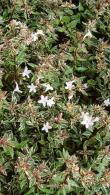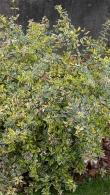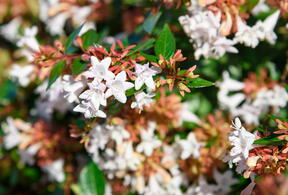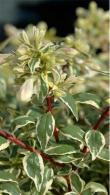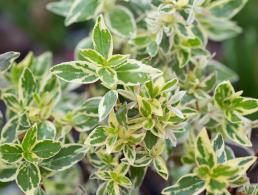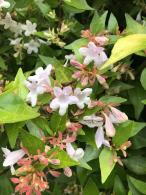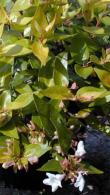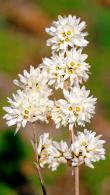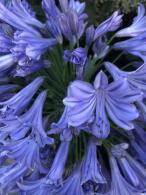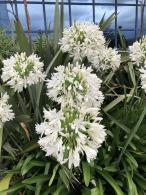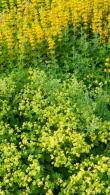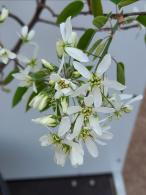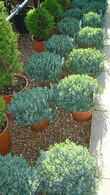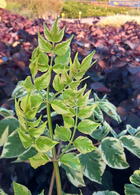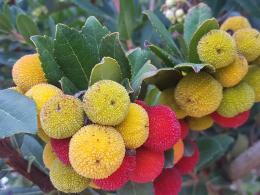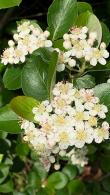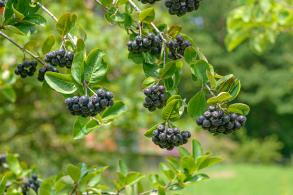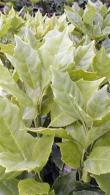Shrubs
Flowering, Evergreen and Deciduous Shrubs
Shrubs are an essential component in every garden, whether evergreen or deciduous, providing an ever changing framework and the backdrop against which everything else is seen.
Evergreen shrubs provide colour and foliage all year round. Great winter flowering evergreens include Mahonia (flowers November to February). Popular hardy evergreen shrubs include Cotoneaster or the more unusual Trochodendron Aralioides with its aromatic bark and petal-less flowers. Spring flowering favourites include Viburnum and Photinia Red Robin (flowers April – May) which also has striking new foliage colour. Laurels and Bays are ideal as evergreen screening shrubs and for hedging.
If you have a sheltered town garden and acidic soil, stunning camellias can be included as flowering shrubs. Following spring flowering, their dark green foliage remains attractive throughout the year. Early summer flowering Azaleas are also a popular choice and at Paramount we have an enormous choice.
Evergreen dwarf conifers make ideal shrubs and add an interesting dimension to the foliage. The Hinoki Cypress (Chamaecyparis Obtusa Nana) is slow growing and an interesting structure.
To create a striking effect, you can use a mixed grouping of deciduous and evergreen shrubs, interspersed with small trees (such as evergreen Arbutus) and perennials (such as Agapanthus Dr Brouwer).



